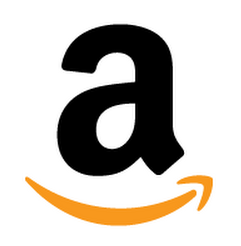Xero Shoes: Growing A Shoe Brand to $460K/month
Hello! Who are you and what are you working on?
Hi, I’m Steven Sashen and I’m the co-founder (with my wife, Lena Phoenix) and CEO of Xero Shoes.
Xero Shoes are addictively comfortable, lightweight, minimalist, casual and performance shoes and sandals that people in 97 countries wear for everything from a walk on the beach to a mountain hike to running a 256k ultra marathon across Madagascar.
Everything we do is based on what’s natural.
Your feet are made to bend, flex, move and FEEL the world. One-quarter of the bones and joints in your ENTIRE body are in your feet and ankles; you have more nerve endings in your soles than anywhere but your fingertips and lips.
Comfort and performance come from using your feet naturally.
That's what Xero Shoes let you do.
- Natural Fit -- wide toe boxes let your toes spread and relax. A non-elevated (zero-drop) heel for proper posture.
- Natural Motion -- super flexible to let your feet bend and move naturally. Low-to-the-ground for balance and agility.
- Natural...
Sorry, you need to login and/or become a member to view the rest of this content.Free Download163 Million Dollar Solopreneur Business Ideas
Download the report and join our email newsletter packed with business ideas and money-making opportunities, backed by real-life case studies.
Get The ReportFree Download163 Million Dollar Solopreneur Business IdeasDownload the report and join our email newsletter packed with business ideas and money-making opportunities, backed by real-life case studies.
Get The ReportFree Download163 Million Dollar Solopreneur Business IdeasDownload the report and join our email newsletter packed with business ideas and money-making opportunities, backed by real-life case studies.
Get The ReportFree Download163 Million Dollar Solopreneur Business IdeasDownload the report and join our email newsletter packed with business ideas and money-making opportunities, backed by real-life case studies.
Get The ReportFree Download163 Million Dollar Solopreneur Business IdeasDownload the report and join our email newsletter packed with business ideas and money-making opportunities, backed by real-life case studies.
Get The ReportFree Download163 Million Dollar Solopreneur Business IdeasDownload the report and join our email newsletter packed with business ideas and money-making opportunities, backed by real-life case studies.
Get The ReportFree Download163 Million Dollar Solopreneur Business IdeasDownload the report and join our email newsletter packed with business ideas and money-making opportunities, backed by real-life case studies.
Get The ReportFree Download163 Million Dollar Solopreneur Business IdeasDownload the report and join our email newsletter packed with business ideas and money-making opportunities, backed by real-life case studies.
Get The ReportMore Business Ideas Like This




































